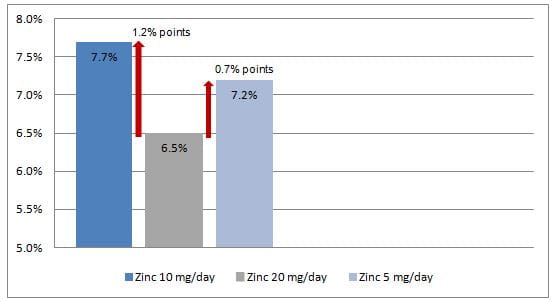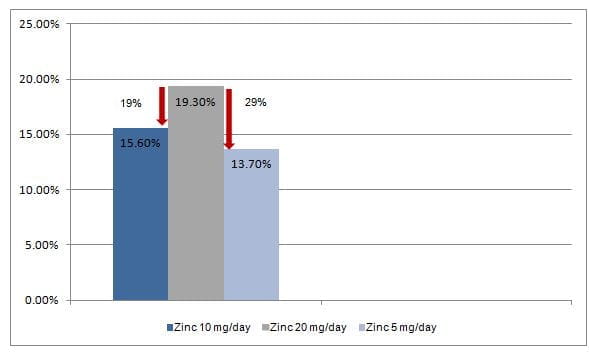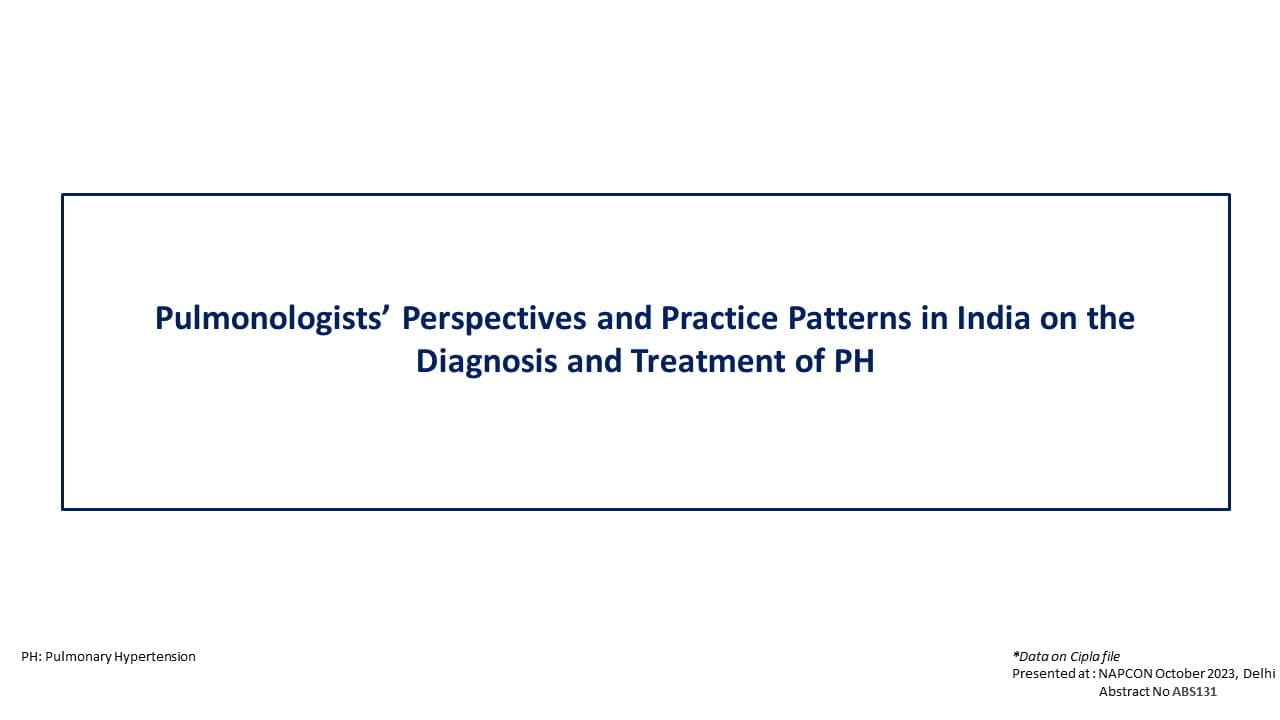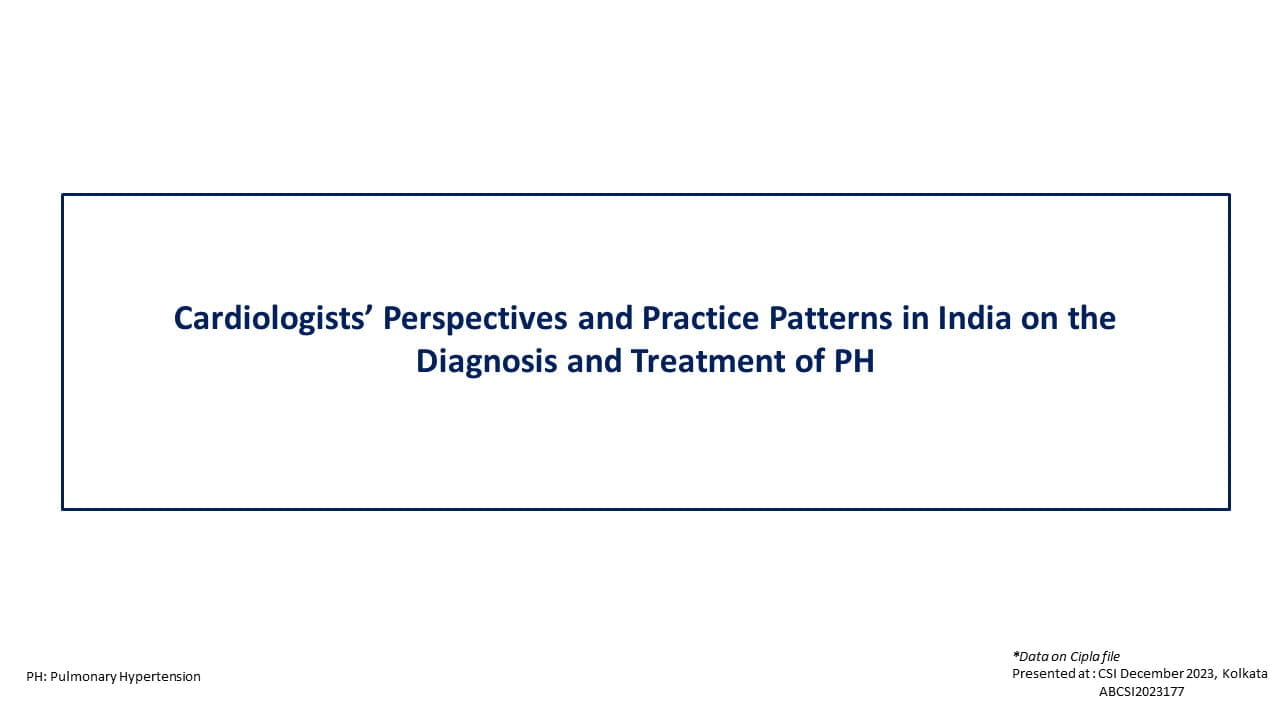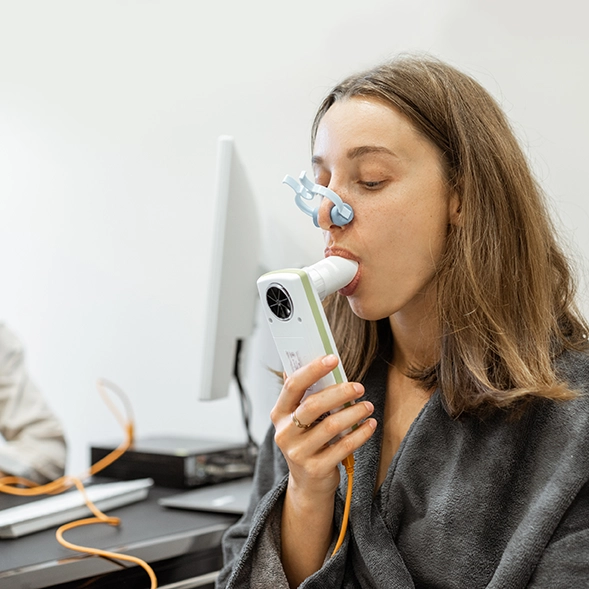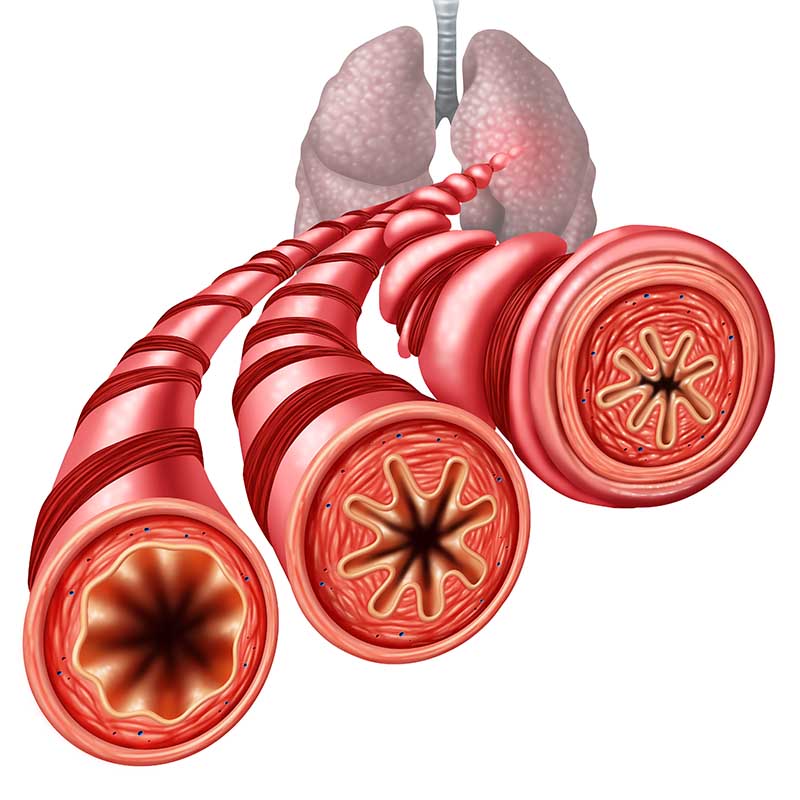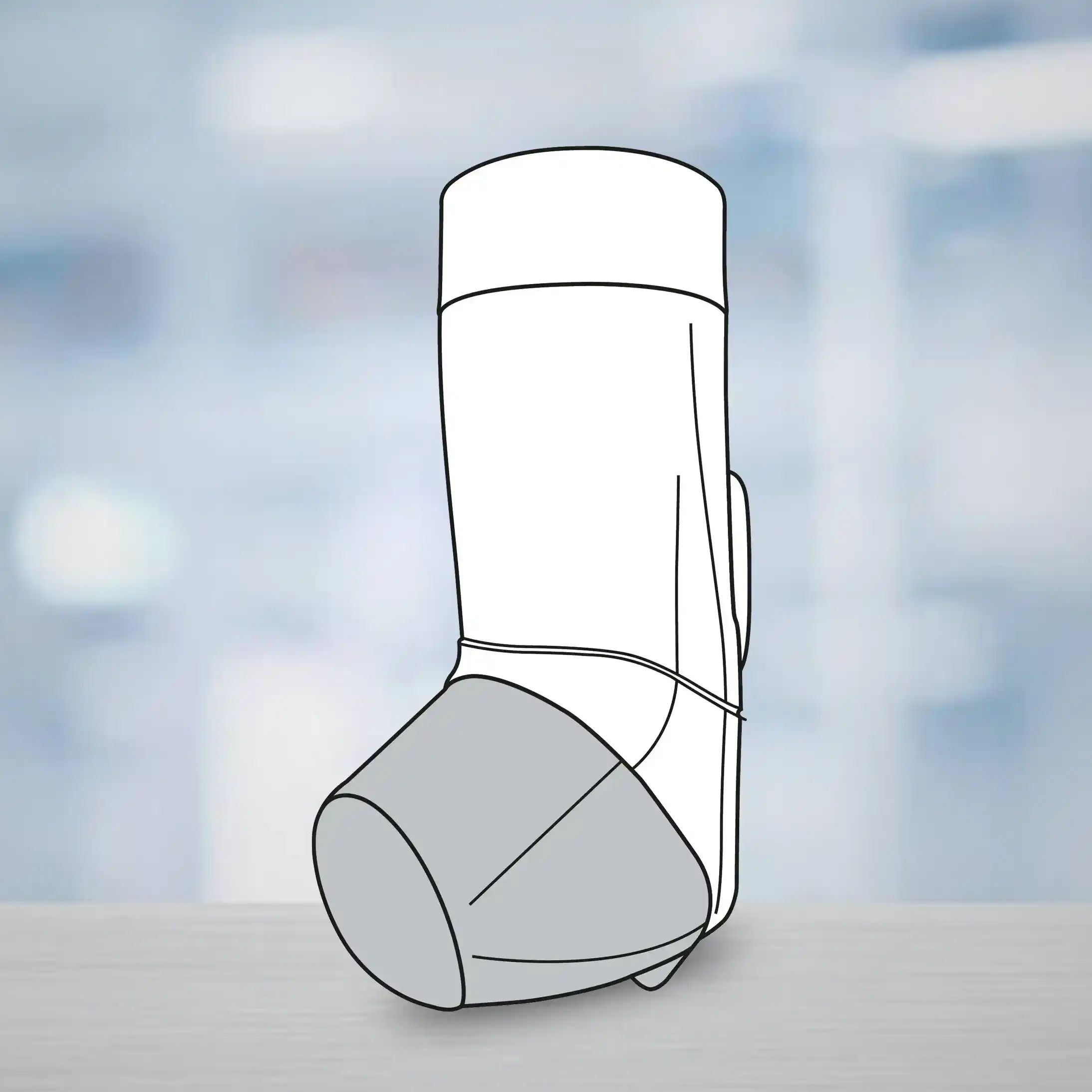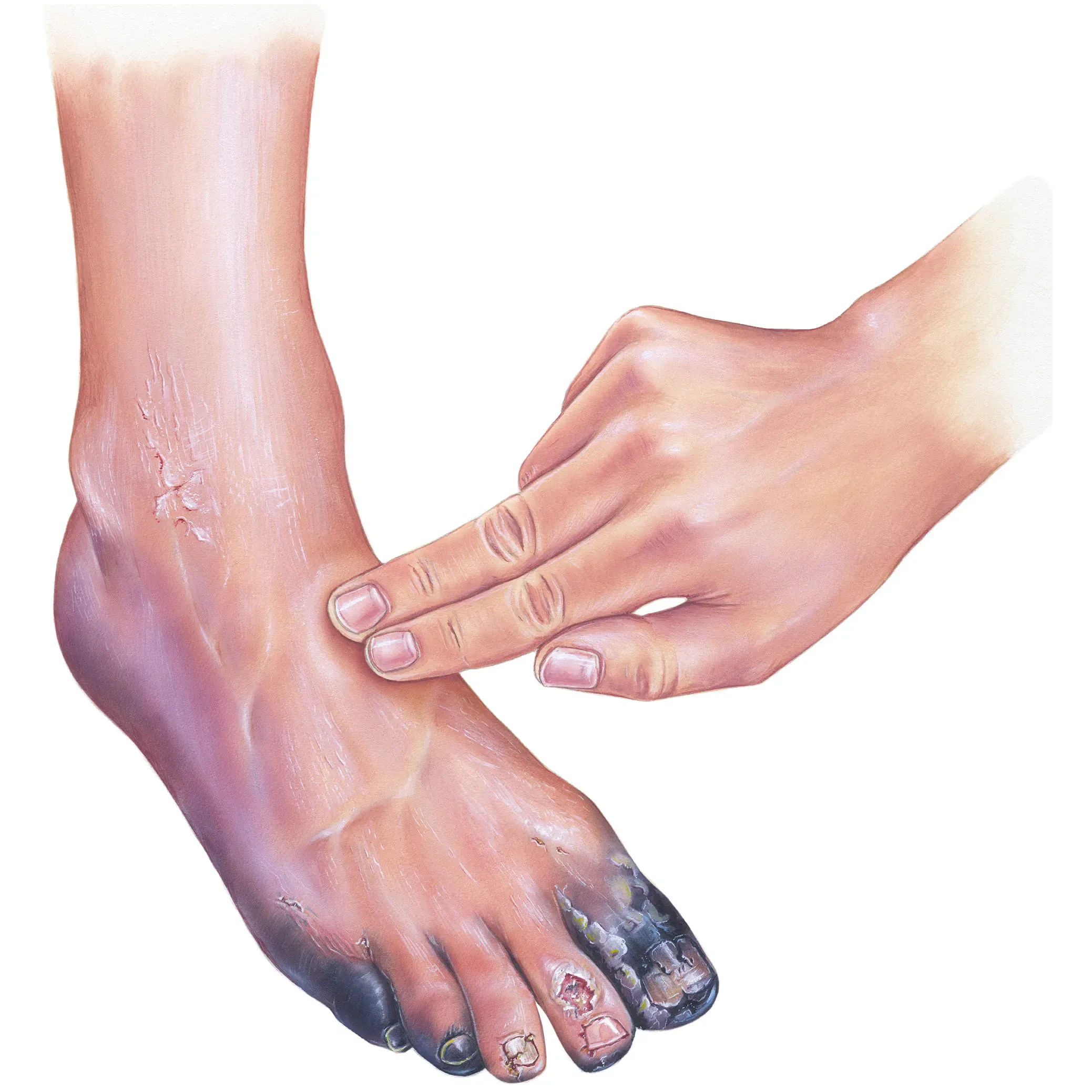Zinc: Low Dose vs. High Dose for Childhood Diarrhoea
9 Nov, 20
Introduction
As per the recommendations of The World Health Organization, children with acute diarrhoea should receive 20 mg of zinc per day for 10 to 14 days. Nevertheless, studies have demonstrated that this dosage reduces diarrhoea, but is associated with an increased incidence of vomiting.
Aim
To determine whether lower zinc dose 5-10 mg/day as compared with standard dose of 20 mg/day would have non-inferior treatment efficacy and superior adverse effect profile.
Patient Profile
- Children from India and Tanzania (age 6-59 months; n=4500) with acute diarrhoea [defined as ≥3 loose or watery stools in the past 24 hours) for less than 72 hours or dysentery (defined as diarrhoea with visible blood)]
Methods
Study Design
- Randomized, parallel-group, double-blind, controlled trial
Treatment Strategy
- Patients were randomly assigned to receive 5 mg, 10 mg, or 20 mg of zinc sulphate once daily for 14 days.
Outcomes
Primary Outcomes
- Diarrhoea duration of more than 5 days
- Number of stools (assessed in a non-inferiority analysis)
- Occurrence of vomiting within 30 minutes after zinc administration (assessed in a superiority analysis)
Secondary Outcomes
- Diarrhoea lasting longer than 3 days
- Caregiver reporting of favourable acceptability of zinc to the child
- Illness (diarrhoea, fever, or respiratory symptoms) during the 60-day period after treatment initiation
- Growth (changes in weight, length, and mid-upper arm circumference) during the 60-day period after treatment initiation
Results
- Treatment with zinc 10 mg and 5 mg was non-inferior to 20 mg zinc in terms of proportion of patients with diarrhoea for more than 5 days. The difference between the 20-mg and 10-mg groups was 1.2 percentage points [upper boundary of the 98.75% confidence interval (CI), 3.3], and that between the 20-mg and 5-mg groups was 0.7 percentage points (upper boundary of the 98.75% CI, 2.8), both of which were below the non-inferiority margin of 4 percentage points (Fig. 1).
Fig. 1: Proportion of patients with diarrhoea for more than 5 days during the study
- The mean number of diarrhoeal stools did not differ significantly between the groups was 10.7 in the 20-mg group, with 10 mg and 5 mg groups being non-inferior to 20 mg group (Table. 1).
Table. 1: Mean number of stools between the treatment groups
|
Treatment group |
Mean number of stools |
Between group difference w.r.t zinc 20 mg |
|
Zinc 20 mg group |
10.7 |
- |
|
Zinc10 mg group |
10.9 |
0.3 stools |
|
Zinc 5 mg group |
10.8 |
0.1 stools |
- The incidence of vomiting within 30 minutes after administration was higher in zinc 20 mg group vs. 10 mg and 5 mg group. Treatment with 5 mg and 10 mg zinc were associated with a 29% and 19% lower risk of vomiting within 30 minutes, respectively as compared with zinc 20 mg (Fig. 2).
Fig. 2: Incidence of vomiting within 30 minutes of zinc administration
- The incidence of diarrhoea, fever, or fast or difficult breathing at 30, 45, and 60 days of follow-up did not differ significantly between the three treatment groups.
- Growth during the 60-day follow-up period and anthropometric status at the end of the follow-up period did not differ significantly between the study groups.
- Adherence to medication was similar and high in all the three study groups. More than 80% caregivers in each of the study groups reported favourable acceptance of the treatment by their children.
Conclusions
- Lower doses of zinc (10 mg and 5 mg) were non-inferior to 20 mg dose in terms of duration of diarrhoea and mean number of stools in children with acute diarrhoea.
- Both the lower doses were superior to 20 mg dose with respect to lesser incidence of vomiting.
N Engl J Med 2020;383:1231-41.
Related Topics


